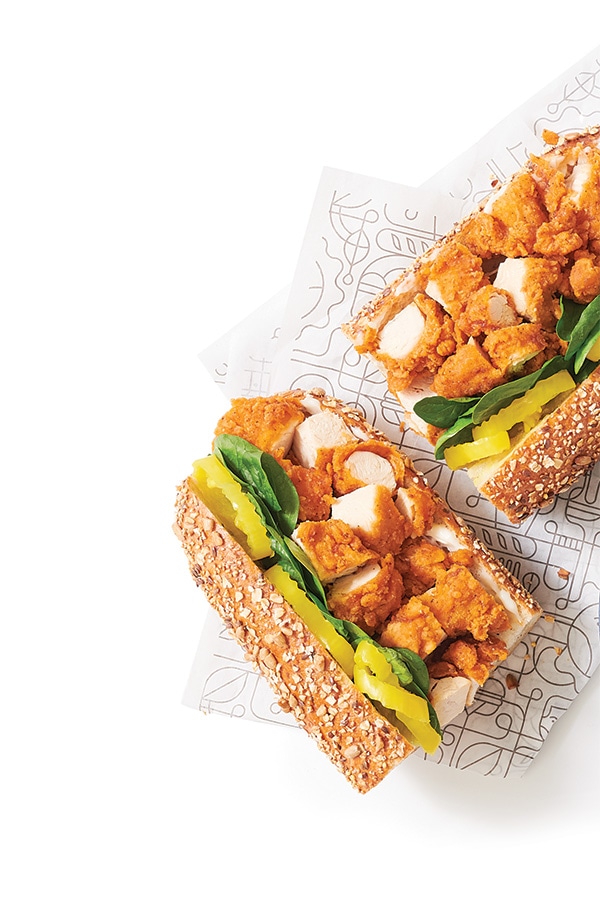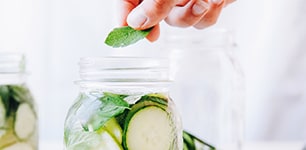 When looking to lower the amount of sugar in our diets, it's easy to point to desserts and sweets as the items to cut out of our routines. While avoiding sweets can be a good start, be sure to keep an eye out for the many other foods and drinks—some we might not expect—that are loaded with added sugars. Beverages are among the biggest culprits, accounting for nearly half (47 percent) of all added sugars that the U.S. population consumes, according to the 2015-2020 Dietary Guidelines for Americans.
When looking to lower the amount of sugar in our diets, it's easy to point to desserts and sweets as the items to cut out of our routines. While avoiding sweets can be a good start, be sure to keep an eye out for the many other foods and drinks—some we might not expect—that are loaded with added sugars. Beverages are among the biggest culprits, accounting for nearly half (47 percent) of all added sugars that the U.S. population consumes, according to the 2015-2020 Dietary Guidelines for Americans.
Why choose less added sugar?
Sugar satisfies our cravings for flavor and sweetness, but consuming too much sugar has been linked to a variety of health problems. According to research, a high intake of added sugars, especially sugary drinks, is linked with obesity and a lower intake of essential nutrients. Obesity can increase your risk of certain conditions, including heart disease, stroke, type 2 diabetes, and certain types of cancer.
Find out why less is more with added sugars.
How much is too much?
Added sugars account for about 13 percent of the total calories Americans consume, and much of this comes from sugary beverages, such as soft drinks, fruit drinks, coffee drinks, sweetened tea, sports and energy drinks, and alcoholic beverages. However, the 2015-2020 USDA Dietary Guidelines for Americans recommends limiting added sugars to less than 10 percent of our total calories per day, which equates to about 10 teaspoons of added sugar per day based on a 2,000 calorie diet. It's important to stay in the know about the sugar we consume.
Become sugar savvy with our Sugar Q&A.
Sources:
- "A Closer Look at Current Intakes and Recommended Shifts." 2015-2020 Dietary Guidelines for Americans, 8th ed. U.S. Department of Health & Human Services. November 21, 2016.
- National Institutes of Health (NIH): National Institute of Diabetes and Digestive and Kidney Diseases. Accessed April 25, 2017.
- "Adult Obesity Facts." Centers for Disease Control and Prevention (CDC). September 1, 2016.



